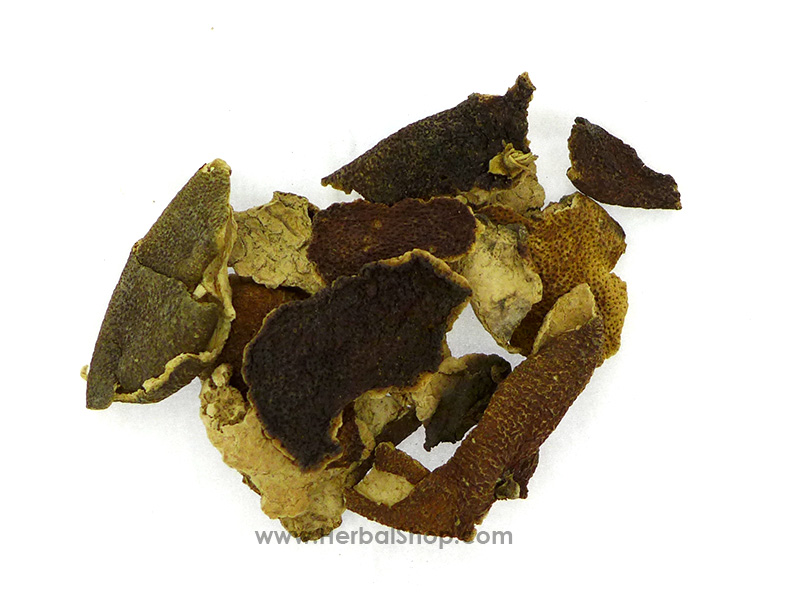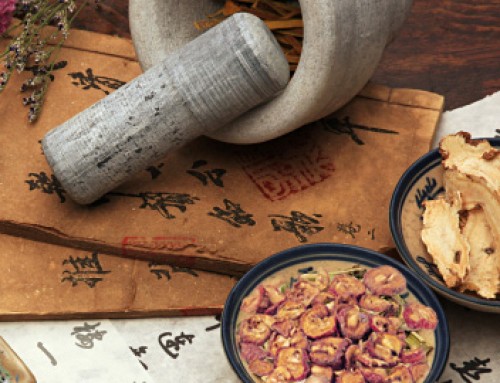陳皮
Tangerine peel (Chenpi)
Pharmaceutical Name: Pericarpium Citri reticulatae
Botanical Name: Citrus reticulata Blanco
Common Name: Tangerine peel
Source of Earliest Record: Shennong Bencao Jing
Part Used: After tangerines ripen in autumn, the skins are collected and dried.
 Natural Properties & Taste: Pungent, bitter and warm
Natural Properties & Taste: Pungent, bitter and warm
Meridians: Spleen and lung
Therapeutic Effects:
• Activates vital energy circulation.
• Strengthens the stomach to improve digestive functions.
• Invigorates the spleen.
• Eases the dislodging of phlegm, mucus, and sputum from the respiratory tract.
• Reduces the severity and frequency of coughs.
• Relieves local infections.
Indications & Combinations:
1. Qi stagnation in the spleen and stomach manifested as epigastric and abdominal distension and fullness, belching, nausea and vomiting, poor appetite and diarrhea. Tangerine peel (Chenpi) is used with Bitter orange (Zhiqiao) and Costus root (Muxiang) for epigastric and abdominal distension and fullness, with Fresh ginger (Shengjiang) and Bamboo shavings (Zhuru) for nausea and vomiting, and with Pilose asiabell root (Dangshen) and White atractylodes (Baizhu) for poor appetite and diarrhea.
2. Dampness blocking the spleen and stomach manifested as fullness and stifling sensation in the chest and epigastric region, poor appetite, lassitude, diarrhea and white and sticky tongue coating. Tangerine peel (Chenpi) is used with Atractylodes rhizome (Cangzhu) and Magnolia bark (Houpo) in the formula Pingwei San.
3. Excessive dampness, deficiency of the spleen and turbid phlegm blocking the lungs manifested as cough with profuse sputum. Tangerine peel (Chenpi) is used with Pinellia tuber (Banxia) and Poria (Fuling) in the formula Erchen Tang.
Dosage: 3-10 g






